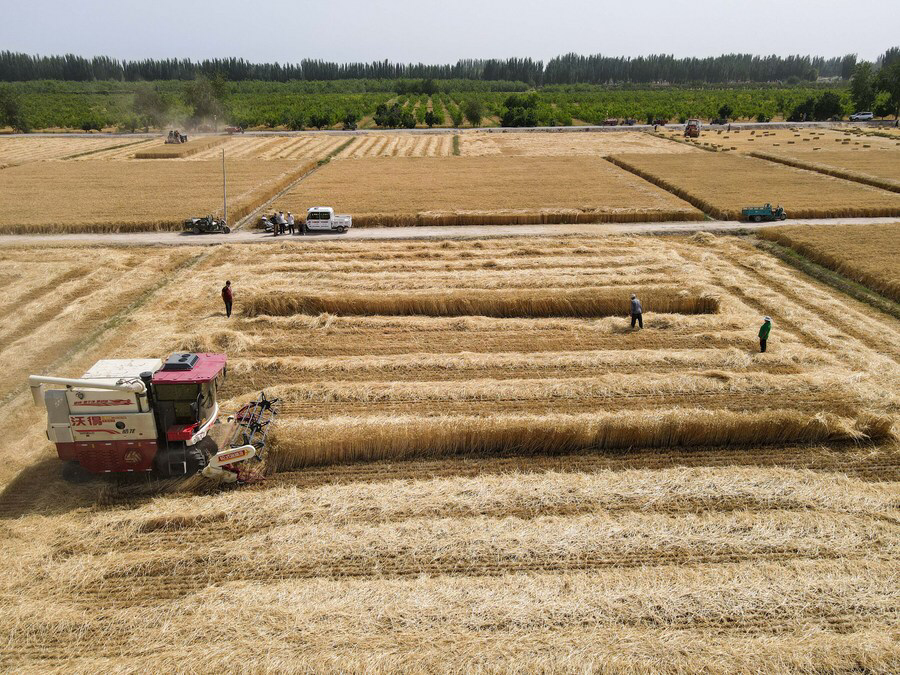By Africa China Review staff writer

FILE PHOTO: Weapons the government seized from militants in Xinjiang on display at an exhibition titled “Major Violent Terrorist Attack Cases in Xinjiang”, during a government organised trip in Urumqi, Xinjiang Uighur Autonomous Region, China, January 3, 2019. Photo credit: REUTERS/Ben Blanchard
As the Taliban took control of Afghanistan capital Kabul recently, the memories of Xinjiang people recalled terrorist threats from Afghanistan terror groups, a Xinjiang official was quoted recently by media reports.
“With the goal of dividing Xinjiang from China, the East Turkistan Islamic Movement instigated, planned and implemented a series of violent terrorist incidents in Xinjiang, causing extreme harm to people’s lives and assets,” Elijan Anayat identified as a Xinjiang officialwas quoted recently by China media organization- CGTN. The Chinese region of Xinjiang shares a border with Afghanistan. Elijan Anayat told the media how his home was threatened by the East Turkistan Islamic Movement, a terrorist group once based in Afghanistan.
As China combated “exported terrorism” from Afghanistan and radicalization of Chinese nationals, western countries through the global north media accused China of human rights abuses in what was referred to as “the Uyghur genocide” and abuses against other ethnic and religious minorities in Xinjiang region. However, the truth of the matter was that China successfully defeated terrorism and used home grown humanitarian solutions to re-educate the radicalized citizens.
The vocational and educational training centers set up in Xinjiang were named “detention facilities” by western critics. However, for the Chinese government, the education centres were very successful in preventivecounter-terrorism and de-radicalization. With the return of the Taliban rule in Afghanistan, Xinjiang officials need assurance that there will be no more link of the Taliban to terrorism activities not only in Xinjiang but in the whole of China’s territory.
Today, the story of Xinjiang is different. The people are not only peaceful free from terrorism, but they are also very productive. In Qitai county Xinjiang Uygur Autonomous Region, is expected to harvest recorded breaking wheat quantities.

Aerial photo shows reapers harvesting wheat in the fields of Qiman Township, Kuqa City, northwest China’s Xinjiang Uygur Autonomous Region, June 19, 2021. (Xinhua/Gao Han)
According to the Qitai county department of agriculture and rural affairs, the county’s grain planting area reached 1 million mu this year, and the total output is expected to be 475,000 tonnes. It is estimated that this year, there will be a yield increase of 7.7% with the grain output reaching a record 6.3 million tonnes.
The deputy Party secretary of the county’s JiangbulakeVillage, Huang Yueyun, told media that, “based on this year’s wheat harvest, the average household income in the village is expected to hit 30,000 yuan (4,635 U.S. dollars).”
The party official also mentioned that, the harvesting has become part of tourists attraction in the area. “The harvesting scenery has earned the village fame, attracting tourists from home and abroad, which opens up a new channel for local income.” The story of Xinjiang is a manifestation that peace and stability is a major prerequisite for production, prosperity and sustainable development.
 Africa -China Review Africa -China Cooperation and Transformation
Africa -China Review Africa -China Cooperation and Transformation
